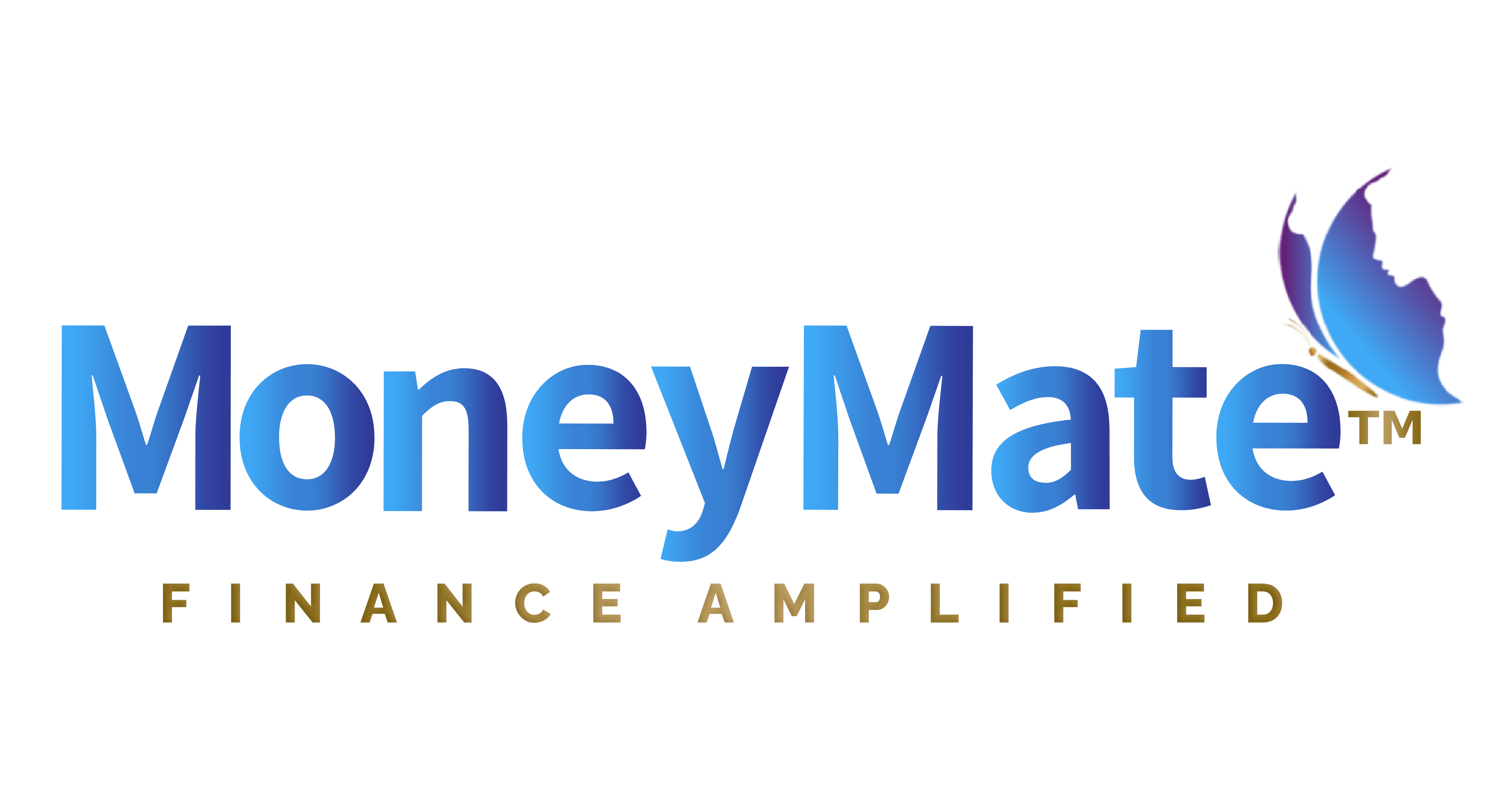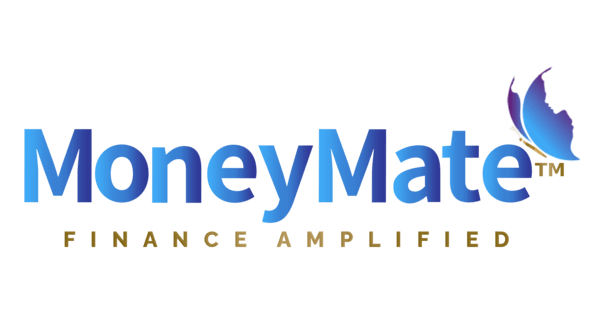A financial roadmap is essential for anyone looking to achieve long-term financial success. Just like a GPS helps you navigate toward a destination; a well-constructed financial roadmap guides you toward your short- and long-term financial goals. Whether you’re focusing on paying off debt, building savings, or growing wealth, having a clear plan will keep you on track and focused on what matters most.
In this blog, we will break down the steps you need to take to create a financial roadmap that works for you. Each step is designed to help you manage your finances, eliminate debt, and build a financially secure future.
Step 1: Pay Off Your Debt
Debt can be a huge barrier to financial freedom. To overcome it, you need a strategy tailored to your financial situation. There are several popular methods for paying off debt:
– Debt Avalanche: This strategy focuses on paying off debts with the highest interest rates first while continuing to make minimum payments on other debts. It saves you the most money on interest in the long run.
– Debt Snowball: This method targets the smallest debts first, helping you gain momentum and motivation as you see results more quickly.
– Debt Consolidation: If you’re struggling with multiple debts, consolidating them into a single account can simplify payments and potentially lower your interest rates.
Whichever strategy you choose, the key is to stay committed and keep making consistent progress toward eliminating your debt.
Step 2: Build Your Savings
Once you’ve addressed your debt, it’s time to focus on building a solid savings foundation. Start by:
– Creating a Budget: A clear budget is the cornerstone of financial stability. List your income and expenses, then find ways to cut back on unnecessary spending.
– Reducing Impulse Spending: The more disciplined you are with your money, the faster you’ll reach your financial goals. Avoid impulse purchases by sticking to a shopping list and delaying gratification.
– Earning More Income: Consider picking up a side hustle or investing in developing new skills to increase your earning potential.
Building an emergency fund is essential, so aim to save at least three to six months’ worth of living expenses to prepare for unexpected financial setbacks.
Step 3: Evaluate Your Budget Regularly
Your budget isn’t a “set it and forget it” tool. Life changes—unexpected expenses, a new job, or a growing family—can all affect your financial situation. Regularly evaluating your budget helps ensure that it’s still accurate and aligns with your current needs and goals. Adjust your spending, saving, and investment strategies as necessary to stay on track.
Step 4: Set SMART Goals
Setting financial goals is crucial to achieving financial freedom. Using the S.M.A.R.T. framework ensures that your goals are:
– Specific: Clearly define what you want to achieve.
– Measurable: Track your progress with concrete milestones.
– Attainable: Set realistic goals that you can achieve with effort and discipline.
– Relevant: Align your goals with your long-term financial vision.
– Time-based: Give yourself a deadline to reach your goals.
Whether it’s saving for a down payment on a house, paying off student loans, or investing for retirement, clear and actionable goals will keep you motivated.
Step 5: Get Organized
Understanding your financial position is key to managing your finances effectively. Review your assets (what you own) and liabilities (what you owe) to get a clear picture of your financial health. Tools like spreadsheets or financial apps can help you organize and track your finances more efficiently.
Getting organized also includes keeping track of important documents, such as tax returns, investment statements, and insurance policies. Staying on top of these details can save you time, money, and stress down the road.
Step 6: Enhance Your Financial Portfolio
As you build your financial roadmap, look for opportunities to enhance your portfolio and increase your income streams. Here are a few ideas:
– Boost Your Resume: Enhance your skills to qualify for promotions or new job opportunities that come with higher pay.
– Add Additional Streams of Income: Consider starting a side business or investing in income-generating assets like real estate or stocks.
– Plan for Retirement: The earlier you start saving for retirement, the more you can benefit from compound interest. Take advantage of employer-sponsored 401(k) plans or individual retirement accounts (IRAs).
By consistently improving your financial position and seeking new ways to grow your wealth, you’ll move closer to financial freedom.
Conclusion: Stay Committed to Your Financial Roadmap
Creating a financial roadmap is the first step toward reaching your financial goals. By focusing on paying off debt, building savings, setting SMART goals, and staying organized, you can create a sustainable financial future. Regularly reviewing your financial plan and adjusting it as needed will ensure that you’re always moving in the right direction.
At MoneyMate , we provide tools and resources to help you take control of your financial journey. Our platform is designed to simplify budgeting, track your spending, and give you the insights needed to make smarter financial decisions. Start building your financial roadmap today by visiting ehmoneymate.com and let us help guide you on your path to financial freedom.
Source:
First Financial Federal Credit Union, 2020. Your Financial Roadmap
Continue reading our guide on Consumer Spending Habits and learn how to control your spending to achieve financial success!




